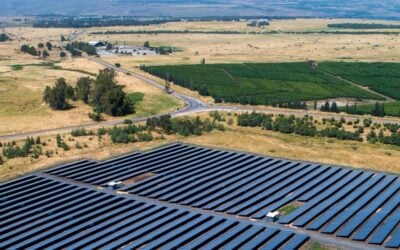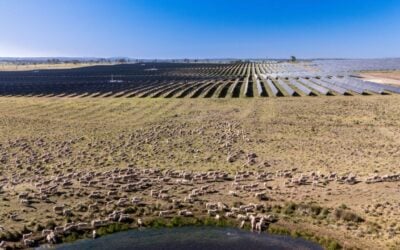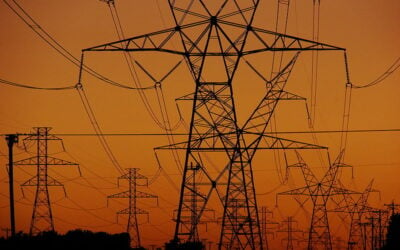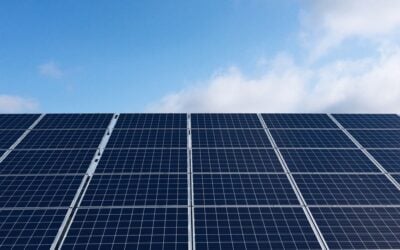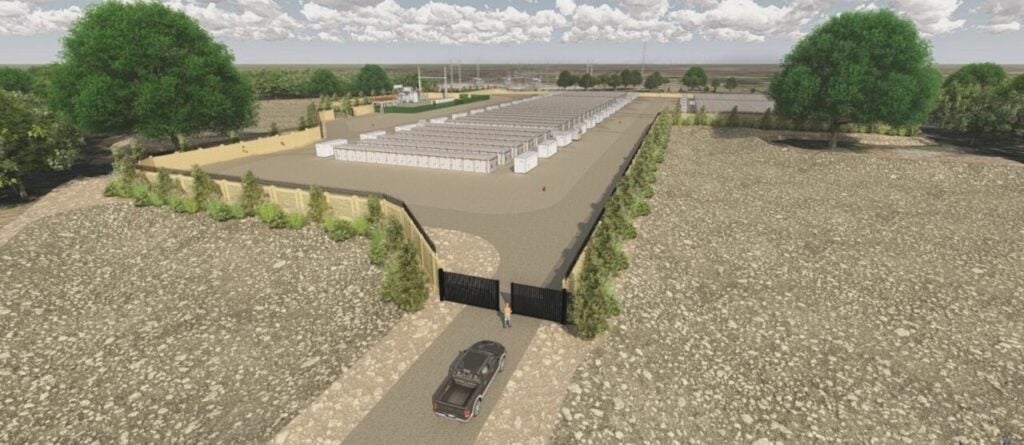
Developer Peregrine Energy Solutions has secured US$168 million for a 150MW battery energy storage system (BESS) currently under construction.
Peregrine closed a US$53 million preferred equity commitment with Bildmore Clean Energy and secured a US$115 million bridge financing facility to fund the remaining project construction. The BESS is targeting completion in Q4 2025.
Enjoy 12 months of exclusive analysis
- Regular insight and analysis of the industry’s biggest developments
- In-depth interviews with the industry’s leading figures
- Annual digital subscription to the PV Tech Power journal
- Discounts on Solar Media’s portfolio of events, in-person and virtual
Or continue reading this article for free
First Citizens Bank acted as joint coordinating lead arranger and collateral agent for the facility, and Nomura Securities International acted as joint coordinating lead arranger and administrative agent.
Peregrine was founded in 2022 and develops and deploys utility-scale BESS in the US. The company says it has developed a pipeline of 22GWh of storage across the US with solar and wind projects also in its asset pipeline.
In 2023, Peregrine raised US$700 million in credit, equity and debt to go towards its US pipeline of energy storage, solar and wind projects.
In the same year, the company also announced investment from South Korean alternative asset management company IMM Investment Global for a BESS portfolio, after acquiring two projects from Black Mountain Energy with a combined capacity of 490MW.
Peregrine’s 150MW energy storage facility in Texas, US
While Peregrine has not specified the project’s location, the company’s Wizard Energy Storage Facility project, located in League City, Texas, US, does match the 150MW figure given. Energy-Storage.news has asked Peregrine for more information and will update this article if and when a response is received.
The project is set to be connected to the Electric Reliability Council of Texas (ERCOT) grid via the TNMP League City Main substation.
Peregrine’s facility will use technology from the system integration arm of Finnish marine and energy technology group Wärtsilä. Peregrine noted that its dedication to fire safety is an important factor in choosing Wärtsilä’s equipment.
In 2024, Wärtsilä carried out large-scale fire tests on its battery storage units, which the system integrator claimed closely resemble real-life ‘worst-case scenario’ conditions.
The scope of these tests went further than the current industry standard UL9540A tests, in which thermal runaway is induced first in a single battery cell and progressively escalated to the whole system level in three further steps.
Recently, while speaking with ESN Premium, Wärtsilä Energy Storage and Optimisation’s (ES&O) director of strategic market development Adam Atkinson-Lewis highlighted the company’s commitment to fire safety:
“The other thing that comes when you have a cell changing dimensions and capacity and just getting a lot bigger, is that the thermal characteristics are different. That’s something that we’re paying a lot of attention to, because we significantly prioritise fire safety in our designs.”
Peregrine further highlighted particular attention to fire safety, claiming to have studied all fire incidents to date to create the best possible fire protection design with redundant safety features at every level.
The company says that the Texas facility has 12 layers of protection solely focused on fire prevention, detection, control and emergency response notification.
Fire safety is an important consideration for BESS projects and has been a concern of Texans in some instances.
For example, in Van Zandt County, 20 residents filed a lawsuit seeking damages and an injunction (Premium access article) against the renewable energy investment arm of Finland’s Taaleri Group and the US arm of UK-based RES Group over the construction of a lithium-ion BESS.
This followed the October 2024 news that council members at Katy, Texas voted to deny a Special Use Permit for a 500MW standalone BESS proposed by IPP Vesper Energy (Premium access article).
Fire safety came up as a major concern in both instances. Showing proven methods not only for emergency response but also for fire prevention will be increasingly important in maintaining public support for these projects.
Additionally, Peregrine claims to be championing what BESS projects can mean for landowners. The company says that energy projects allow landowners to serve their community in a unique way.
The company is also highlighting what the facility could do for the local economy. Peregrine claims that the project will generate approximately US$28 million in tax revenues during its first 10 years of operation. The project is also expected to create approximately 100 construction jobs and other continuous operations and maintenance jobs over the course of its 40-year lifetime.
Alongside Peregrine’s 150MW unnamed project, First Citizens Bank has provided financing for many others in the US. Those include, most recently, a US$133 million financing for a 200MW BESS from Cypress Creek Renewabables, a US$74 million financing for GridStor’s 220MW/440MWh Hidden Lakes Reliability BESS and a US$100 million bridge loan for the Hale Kuawehi BESS from Innergex Renewable Energy.

